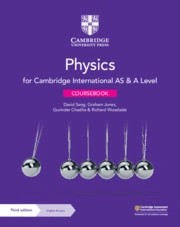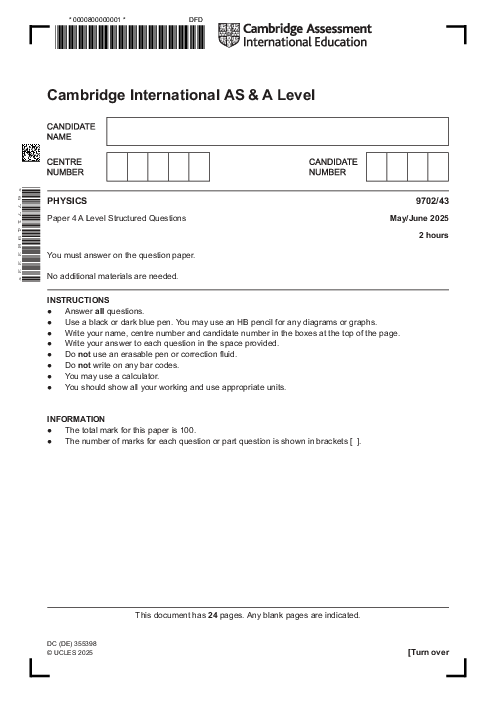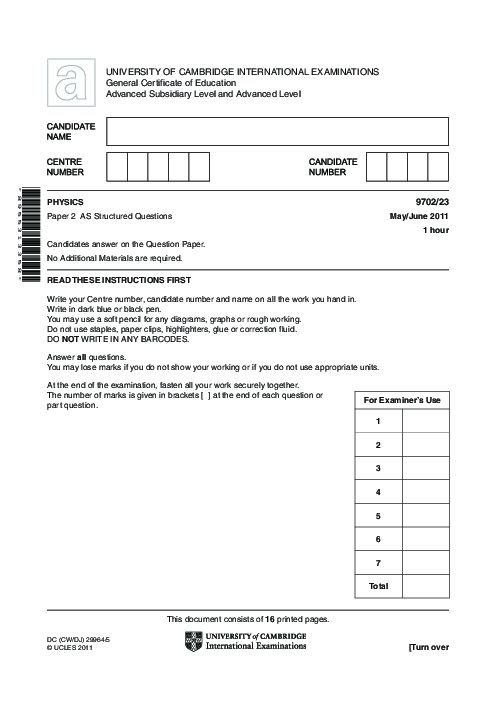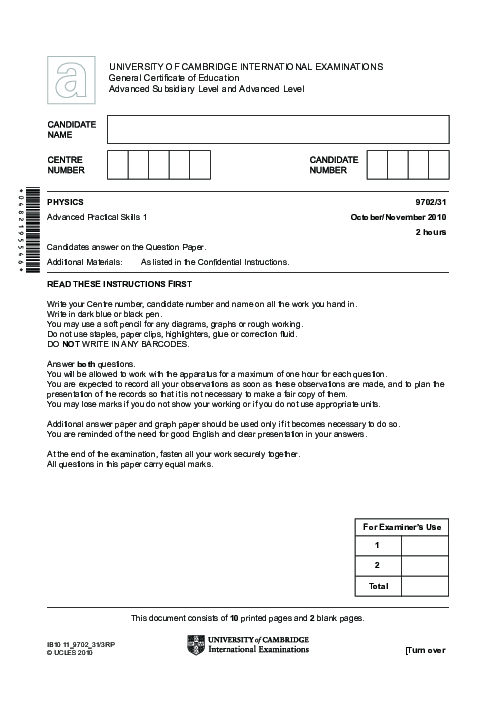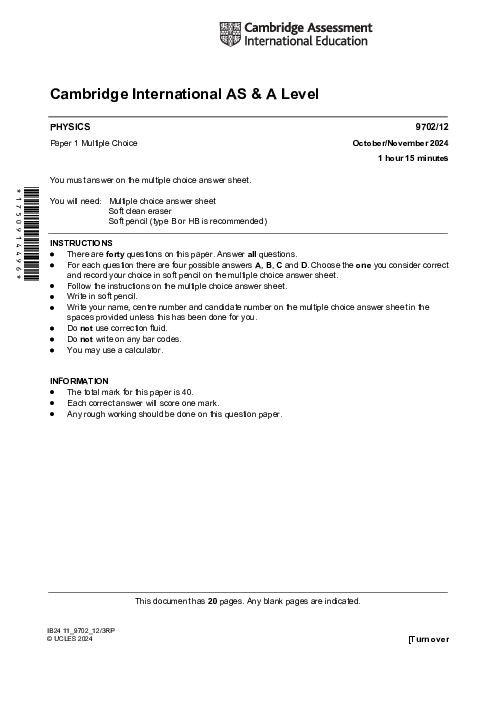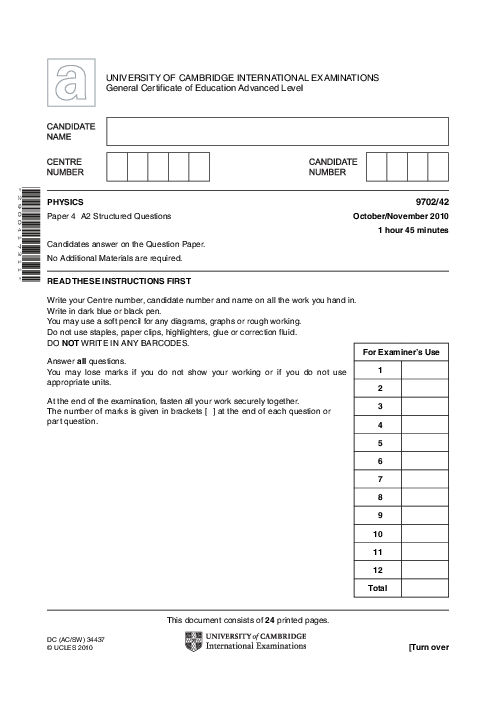A Level Physics PowerPoint Presentation | Electricity Revision
For the circuit shown in figure 1 calculate
the current flowing through each bulb,
the power dissipated in each bulb.
ارسال شده توسط این معلم:
Chapter 1: Kinematics
1.1 Speed
1.2 Distance and displacement, scalar and vector
1.3 Speed and velocity
1.4 Displacement–time graphs
1.5 Combining displacements
1.6 Combining velocities
1.7 Subtracting vectors
1.8 Other examples of scalar and vector quantities
Chapter 2: Accelerated motion
2.1 The meaning of acceleration
2.2 Calculating acceleration
2.3 Units of acceleration
2.4 Deducing acceleration
2.5 Deducing displacement
2.6 Measuring velocity and acceleration
2.7 Determining velocity and acceleration in the laboratory
2.8 The equations of motion
2.9 Deriving the equations of motion
2.10 Uniform and non-uniform acceleration
2.11 Acceleration caused by gravity
2.12 Determining g
2.13 Motion in two dimensions: projectiles
2.14 Understanding projectiles
Chapter 3: Dynamics
3.1 Force, mass and acceleration
3.2 Identifying forces
3.3 Weight, friction and gravity
3.4 Mass and inertia
3.5 Moving through fluids
3.6 Newton’s third law of motion
3.7 Understanding SI units
Chapter 4: Forces
4.1 Combining forces
4.2 Components of vectors
4.3 Centre of gravity
4.4 The turning effect of a force
4.5 The torque of a couple
Chapter 5: Work, energy and power
5.1 Doing work, transferring energy
5.2 Gravitational potential energy
5.3 Kinetic energy
5.4 Gravitational potential to kinetic energy transformations
5.5 Down, up, down: energy changes
5.6 Energy transfers
5.7 Power
Chapter 6: Momentum
6.1 The idea of momentum
6.2 Modelling collisions
6.3 Understanding collisions
6.4 Explosions and crash-landings
6.5 Collisions in two dimensions
6.6 Momentum and Newton’s laws
6.7 Understanding motion
Chapter 7: Matter and materials
7.1 Density
7.2 Pressure
7.3 Archimedes’ principle
7.4 Compressive and tensile forces
7.5 Stretching materials
7.6 Elastic potential energy
Chapter 8: Electric current
8.1 Circuit symbols and diagrams
8.2 Electric current
8.3 An equation for current
8.4 The meaning of voltage
8.5 Electrical resistance
8.6 Electrical power
Chapter 9: Kirchhoff’s laws
9.1 Kirchhoff’s first law
9.2 Kirchhoff’s second law
9.3 Applying Kirchhoff’s laws
9.4 Resistor combinations
Chapter 10: Resistance and resistivity
10.1 The I-V characteristic for a metallic conductor
10.2 Ohm’s law
10.3 Resistance and temperature
10.4 Resistivity
Chapter 11: Practical circuits
11.1 Internal resistance
11.2 Potential dividers
11.3 Sensors
11.4 Potentiometer circuits
12.1 Describing waves
12.2 Longitudinal and transverse waves
12.3 Wave energy
12.4 Wave speed
12.5 The Doppler effect for sound waves
12.6 Electromagnetic waves
12.7 Electromagnetic radiation
12.8 Orders of magnitude
12.9 The nature of electromagnetic waves
12.10 Polarisation
Chapter 13: Superposition of waves
13.1 The principle of superposition of waves
13.2 Diffraction of waves
13.3 Interference
13.4 The Young double-slit experiment
13.5 Diffraction gratings
Chapter 14: Stationary waves
14.1 From moving to stationary
14.2 Nodes and antinodes
14.3 Formation of stationary waves
14.4 Determining the wavelength and speed of sound
15.1 Looking inside the atom
15.2 Alpha-particle scattering and the nucleus
15.3 A simple model of the atom
15.4 Nucleons and electrons
15.5 Forces in the nucleus
15.6 Discovering radioactivity
15.7 Radiation from radioactive substances
15.8 Energies in α and β decay
15.9 Equations of radioactive decay
15.10 Fundamental particles
15.11 Families of particles
15.12 Another look at β decay
15.13 Another nuclear force
P1 Practical skills at AS Level
P1.1 Practical work in physics
P1.2 Using apparatus and following instructions
P1.3 Gathering evidence
P1.4 Precision, accuracy, errors and uncertainties
P1.5 Finding the value of an uncertainty
P1.6 Percentage uncertainty
P1.7 Recording results
P1.8 Analysing results
P1.9 Testing a relationship
P1.10 Combining uncertainties
P1.11 Identifying limitations in procedures and suggesting improvements
Chapter 16: Circular motion
16.1 Describing circular motion
16.2 Angles in radians
16.3 Steady speed, changing velocity
16.4 Angular speed
16.5 Centripetal forces
16.6 Calculating acceleration and force
16.7 The origins of centripetal forces
Chapter 17: Gravitational fields
17.1 Representing a gravitational field
17.2 Gravitational field strength g
17.3 Energy in a gravitational field
17.4 Gravitational potential
17.5 Orbiting under gravity
17.6 The orbital period
17.7 Orbiting the Earth
Chapter 18: Oscillations
18.1 Free and forced oscillations
18.2 Observing oscillations
18.3 Describing oscillations
18.4 Simple harmonic motion
18.5 Representing s.h.m. graphically
18.6 Frequency and angular frequency
18.7 Equations of s.h.m.
18.8 Energy changes in s.h.m.
18.9 Damped oscillations
18.10 Resonance
Chapter 19: Thermal physics
19.1 Changes of state
19.2 Energy changes
19.3 Internal energy
19.4 The meaning of temperature
19.5 Thermometers
19.6 Calculating energy changes
Chapter 20: Ideal gases
20.1 Particles of a gas
20.2 Explaining pressure
20.3 Measuring gases
20.4 Boyle’s law
20.5 Changing temperature
20.6 Ideal gas equation
20.7 Modelling gases: the kinetic model
20.8 Temperature and molecular kinetic energy
Chapter 21: Uniform electric fields
21.1 Attraction and repulsion
21.2 The concept of an electric field
21.3 Electric field strength
21.4 Force on a charge
Chapter 22: Coulomb’s law
22.1 Electric fields
22.2 Coulomb’s law
22.3 Electric field strength for a radial field
22.4 Electric potential
22.5 Gravitational and electric fields
Chapter 23: Capacitance
23.1 Capacitors in use
23.2 Energy stored in a capacitor
23.3 Capacitors in parallel
23.4 Capacitors in series
23.5 Comparing capacitors and resistors
23.6 Capacitor networks
23.7 Charge and discharge of capacitors
Chapter 24: Magnetic fields and electromagnetism
24.1 Producing and representing magnetic fields
24.2 Magnetic force
24.3 Magnetic flux density
24.4 Measuring magnetic flux density
24.5 Currents crossing fields
24.6 Forces between currents
24.7 Relating SI units
24.8 Comparing forces in magnetic, electric and gravitational fields
Chapter 25: Motion of charged particles
25.1 Observing the force
25.2 Orbiting charged particles
25.3 Electric and magnetic fields
25.4 The Hall effect
25.5 Discovering the electron
Chapter 26: Electromagnetic induction
26.1 Observing induction
26.2 Explaining electromagnetic induction
26.3 Faraday’s law of electromagnetic induction
26.4 Lenz’s law
26.5 Everyday examples of electromagnetic induction
Chapter 27: Alternating currents
27.1 Sinusoidal current
27.2 Alternating voltages
27.3 Power and alternating current
27.4 Rectification
Chapter 28: Quantum physics
28.1 Modelling with particles and waves
28.2 Particulate nature of light
28.3 The photoelectric effect
28.4 Threshold frequency and wavelength
28.5 Photons have momentum too
28.6 Line spectra
28.7 Explaining the origin of line spectra
28.8 Photon energies
28.9 The nature of light: waves or particles?
28.10 Electron waves
28.11 Revisiting photons
29.1 Balanced equations
29.2 Mass and energy
29.3 Energy released in radioactive decay
29.4 Binding energy and stability
29.5 Randomness and radioactive decay
29.6 The mathematics of radioactive decay
29.7 Decay graphs and equations
29.8 Decay constant λ and half-life t½
Chapter 30: Medical imaging
30.1 The nature and production of X-rays
30.2 X-ray attenuation
30.3 Improving X-ray images
30.4 Computerised axial tomography
30.5 Using ultrasound in medicine
30.6 Echo sounding
30.7 Ultrasound scanning
30.8 Positron Emission Tomography
Chapter 31: Astronomy and cosmology
31.1 Standard candles
31.2 Luminosity and radiant flux intensity
31.3 Stellar radii
31.4 The expanding Universe
P2 Practical skills at A Level
P2.1 Planning and analysis
P2.2 Planning
P2.3 Analysis of the data
P2.4 Treatment of uncertainties
P2.5 Conclusions and evaluation of results

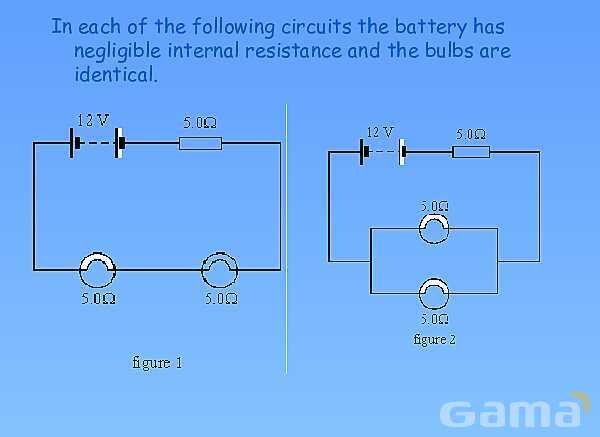
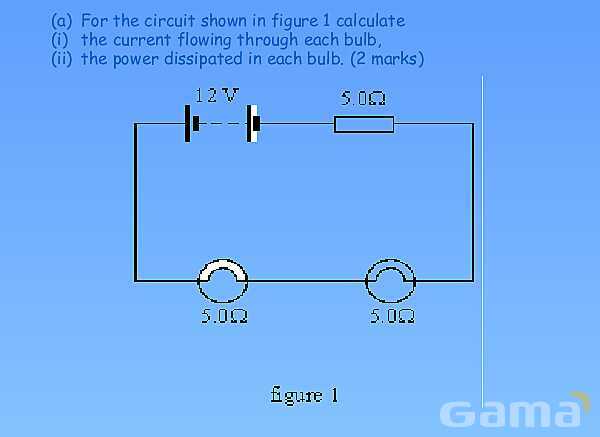
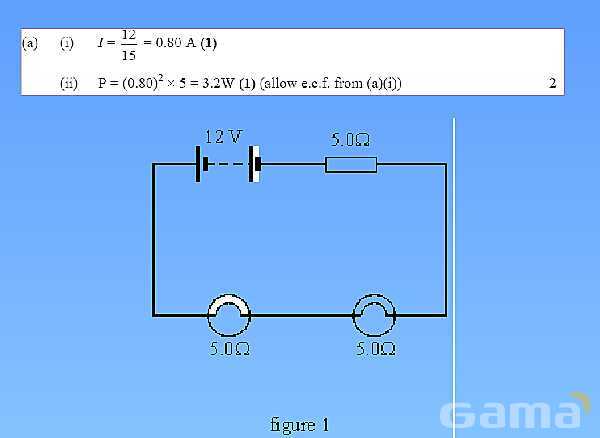
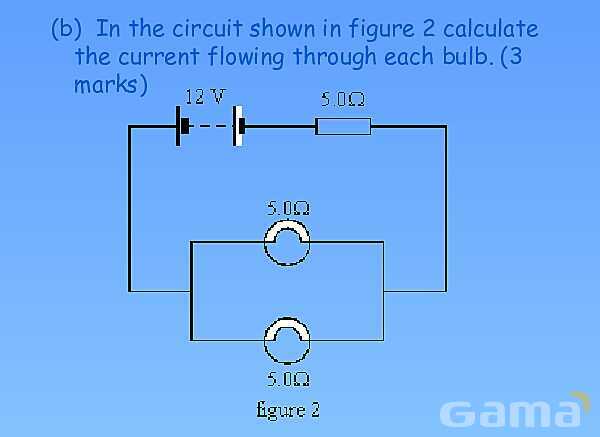
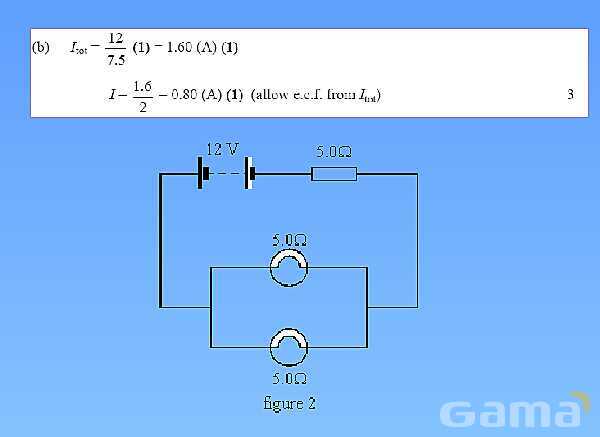
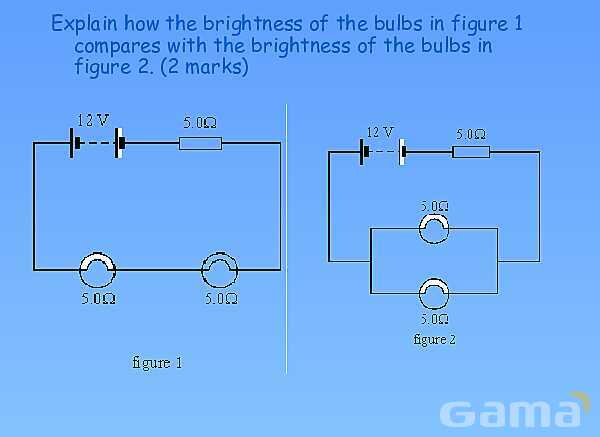

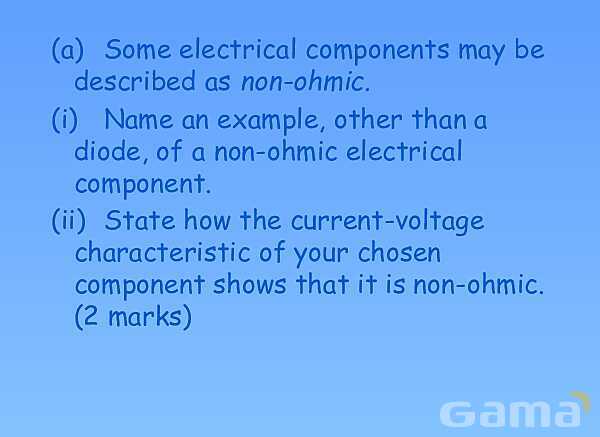
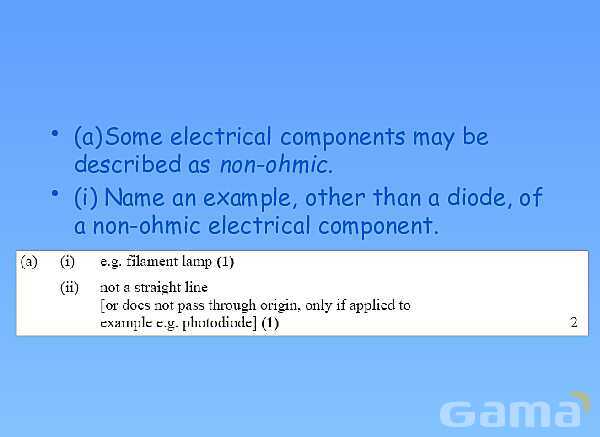
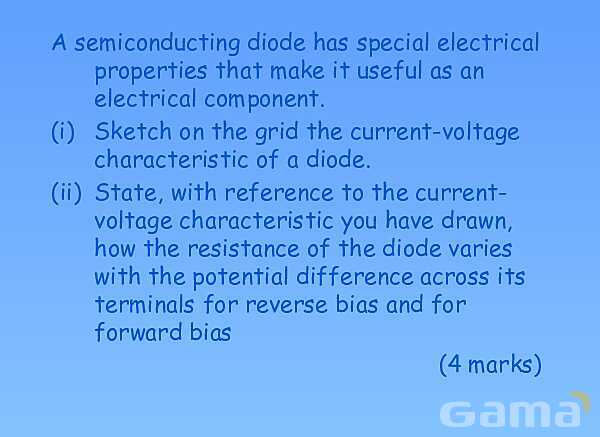

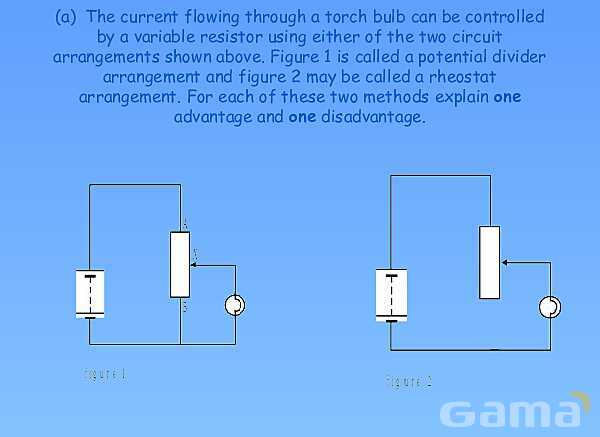
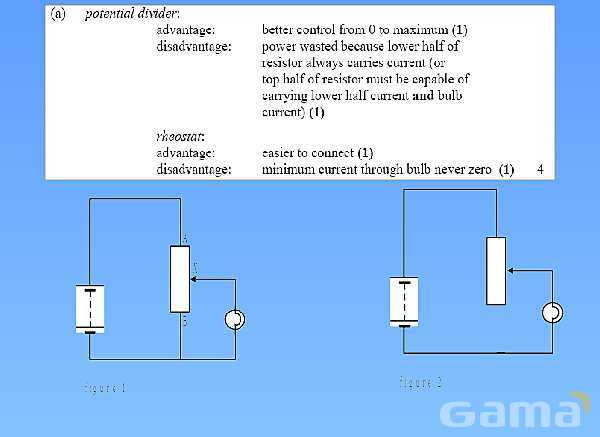
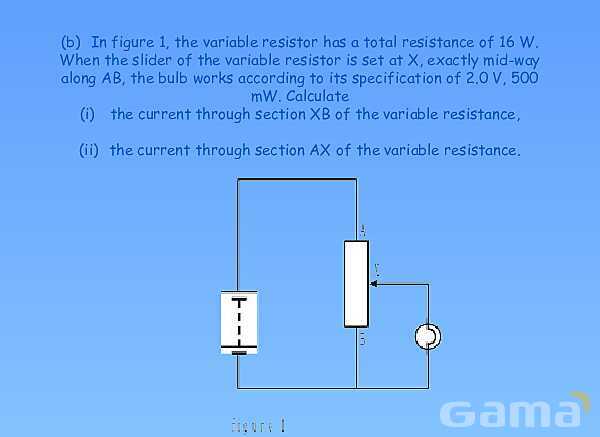
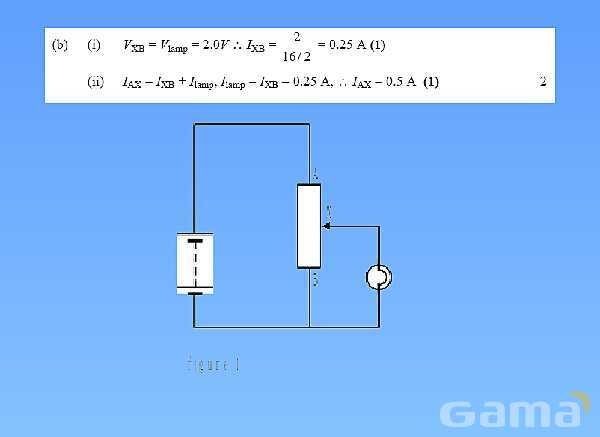
باز نشر محتواها در فضای مجازی، ممنوع است.

